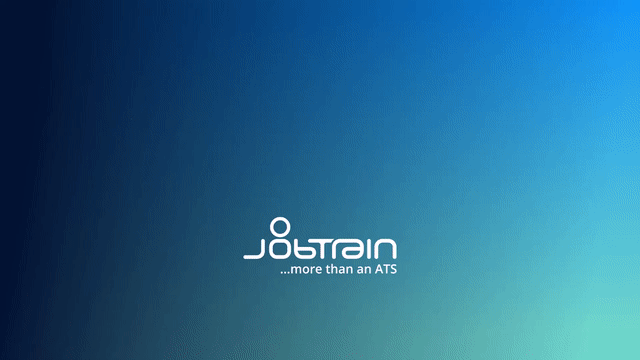The recruiter's greatest friend when it comes to filling vacancies is your company culture. Here's 7 ways you can use that culture to hire more! But it all starts with assessing which parts are working for you, and which parts to promote.
Show off your culture while onboarding
When your candidate reaches the onboarding stage, consider using a portal to make them feel safe, secure and excited about their first day! We designed a state-of-the-art New Starter Welcome Hub for users of our Jobtrain applicant tracking system. It provides the best new starter onboarding experience available with videos showing off your company philosophy and individual content to get the candidate ready for their induction!

Your Culture should be your top priority during the onboarding stage, so make sure to include those videos and images that you’ve been creating! Write about what makes you so different. In 2022, our Talent Intelligence team noted that 8% (1 in 12) of candidates withdrew after accepting an offer prior to start. The best way to make sure you don’t lose the best talent to competitors is by making them feel valued and excited about their first week. Your culture is the avenue into that engagement!
Set clear expectations
Workers need direction. They need to know what you expect of them and how their jobs contribute to the larger goals of the organisation. Clear expectations help employees understand their responsibilities and the impact they can make.
Give them enough guidance and direction so they can succeed - and you can learn how they like to be managed and what they consider to be feedback. Work to ensure that expectations are met - this is a fundamental gap-repair task.
Make work fun
Employees who enjoy their jobs work harder. Fun doesn’t have to mean free food (though that can help). It can mean a creative environment, like a studio where people are passionate about their craft and about the music that’s being captured. It can mean thoughtful and relevant recognition, like a staff meeting where everyone gets to celebrate each other. Fun doesn’t have to cost money, but a dull workplace sure does seem to cost productivity.
.jpg?width=5278&height=3519&name=antenna-ZDN-G1xBWHY-unsplash%20(1).jpg)
Give people control
Employees want to feel like they have a say - especially when it comes to matters that affect them directly. Giving employees control over some aspects of their jobs (without making you look bad) can help foster a sense of ownership, which typically makes them more committed to the organisation. Give employees a chance to provide feedback and influence decisions that affect them. 5.0 of this will lead to a great result.
Be consistent
Show you care
Provide an achievable path to success
.png?width=1920&height=1080&name=img%20(11).png)
